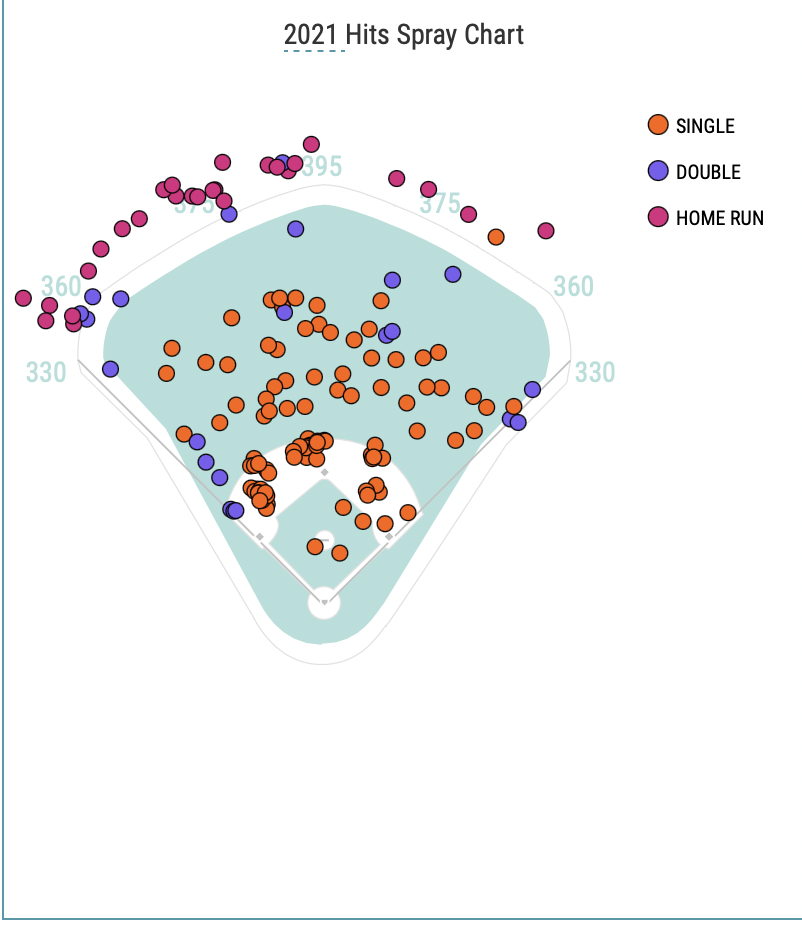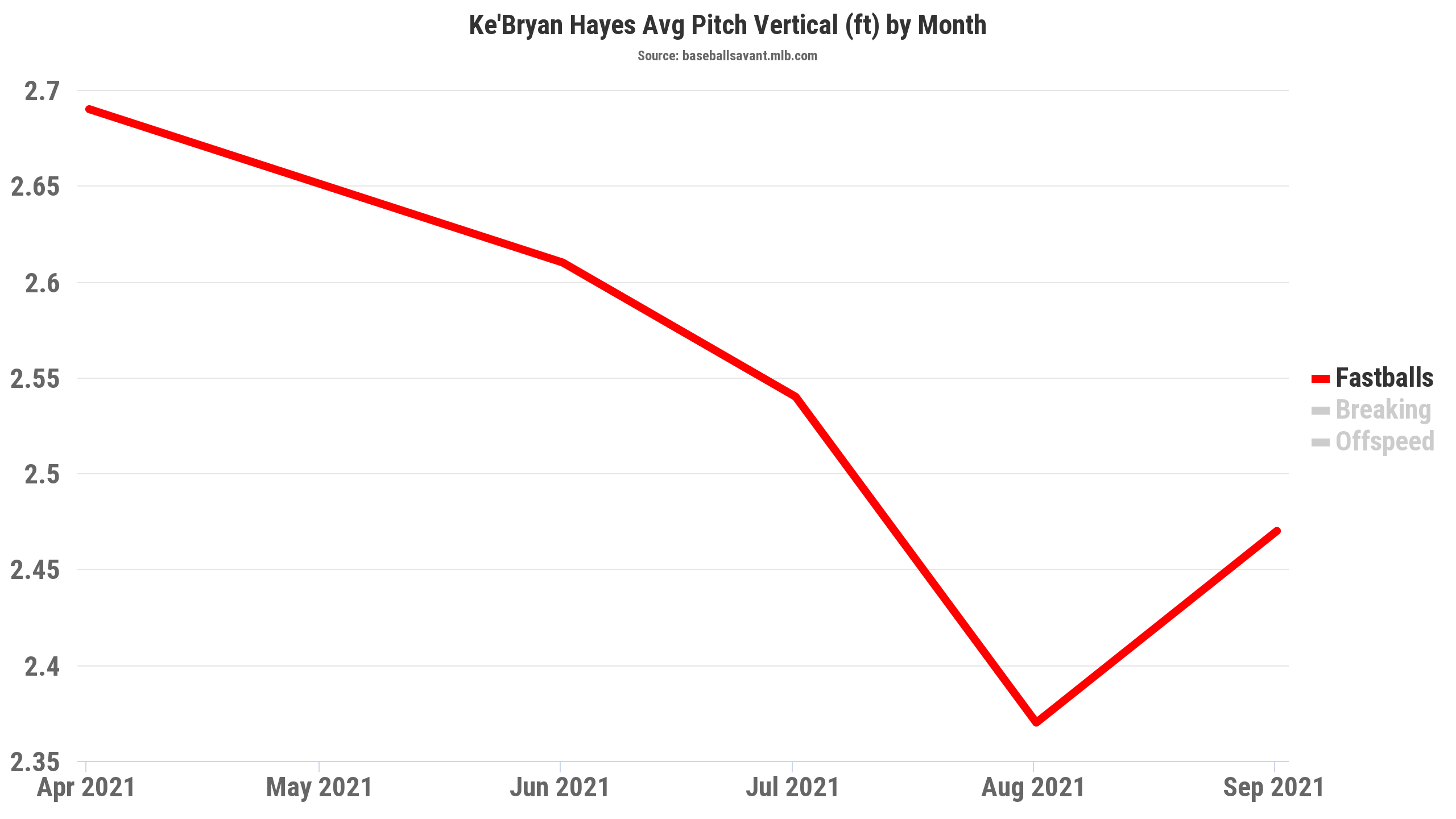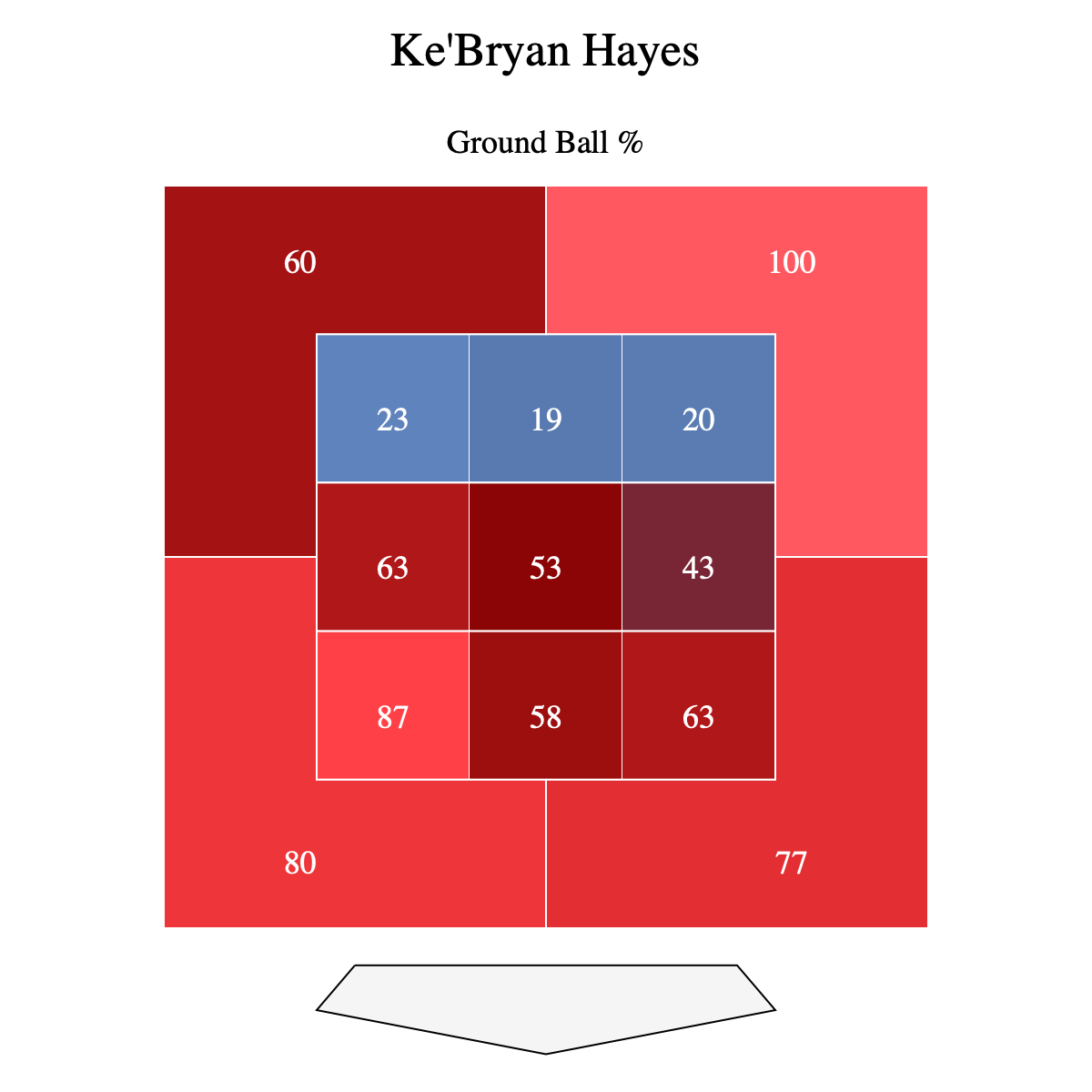Ladies and gentleman, baseball is back!
With the MLB and MLB Players Association agreeing to a new collective bargaining agreement, the lockout is officially past us, and we are going to have a 162-game season! Suddenly, we have gone from a period of tremendous sadness to a time of extreme excitement. Now, we get to see a free-agent frenzy, while also getting ready for the season; chaos is upon us!
With that in mind, there has never been a better time to completely dive into fantasy baseball prep. Now that the season is set to start on April 7th, fantasy baseball drafts are in full swing, and we’ll have to make last-minute adjustments to the prep that was done during the lockout. With players changing teams and new reports coming in, expect there to be a lot of change in average draft position (ADP) heading up to the season — those who can make adjustments on the fly will be at an advantage.
To assist in preparation, we’ll be going position-by-position, looking for the good, the bad, and the breakout. In other words, one optimal target, a player you should avoid, and a player going past pick #300 in NFBC drafts that can be a true sleeper this year. Today, we’ll be focusing on the third base position. This position has thinned in offensive talent recently, making it more important to strike gold. Who should you be targeting, and who should you avoid? Let us dive right into it!
Stats via Baseball Savant and Fangraphs
ADP via NFBC Drafts Since February 1st
The “Good”: Justin Turner, LAD
2021 Stats (612 PA): .278/.361/.471, 27 HR, 87 R, 87 RBI, 3 SB
ADP: 149.35 (3B12)
Honorable Mention(s): Eugenio Suárez (CIN), Josh Donaldson (NYY), Eduardo Escobar (NYM)
In fantasy sports, older players always come at a discount. The expectation is that their production will fall off eventually, and you want to get out in front before that happens. This premise does make sense and can be applied in certain situations. However, not all players are the same, and sometimes you should can take advantage of the discount.
This is where I believe we are at with Justin Turner right now. The 37-year-old has been one of the most consistent performers in the MLB, yet has seemed to be perennially undervalued as a “Steady Eddie” prototype. Take last season as a prime example. After his isolated power (ISO) fell to .153 in the shortened 2020 season, he fell down to being the 22nd third baseman drafted, despite the fact there were no signs he deserved to have a paltry 7.4% home run/fly ball rate then.
Naturally, Turner ended up as the sixth-best third baseman, continuing to produce in the same way that he always has.

As you can see, Turner doesn’t hit a lot of “no-doubt” home runs, but they all count the same! In a different ballpark, this may not work, but it does for where he’s at. Plus, power production isn’t all that he brings to the table. With the amount of contact he makes (7.1% swinging-strike rate), his batting average floor is quite high, while he’s going to be hitting in the middle of one of the best lineups in baseball.
Durability is always a risk with Turner, but even if he can obtain 550 plate appearances, the production he has puts him into a strong position to finish as a top-ten third baseman. Personally, I would recommend targeting this position early, but Turner is a strong backup plan. It’s hard to find a more reliable player out there, and there are signs his skills massively declining. While he continues to be discounted due to his age, take advantage!
The “Bad”: Ke’Bryan Hayes, PIT
2021 Stats (396 PA): .257/.316/.373, 6 HR, 49 R, 38 RBI, 9 SB
ADP: 137.9 (3B11)
Honorable Mention(s): Yoán Moncada (CHW), Ryan McMahon (COL)
Let me start off my saying this has NOTHING to do with critiques about Ke’Bryan Hayes. Rather, this has to do with ADP. What do I mean by this? Generally in fantasy sports, you want to buy players close to the floors, rather than their ceiling. Unfortunately, in Hayes’ case, he seems to be priced too close to his ceiling.
There’s a lot to like about Hayes. He makes a lot of contact in the zone (89.3%), has solid plate discipline (26.2% chase), and hit the ball hard last year, ranking above the 70th percentile in average exit velocity, max exit velocity, and hard-hit rate. The combination of contact quantity and contact quality gives him some clear upside, particularly in dynasty leagues.
We’re focusing on redraft league, however, which means that we’re only focused on how Hayes produces this season. To that extent, there are some concerns, starting with Hayes’ 5.1% barrel rate. Yes, he was affected by a wrist injury last season, but there’s more to it than that. Even during the rabbit-ball 2019 season at Triple-A, he still only mustered a .150 ISO, and never showed much ability to hit for power.
Yes, there are players who grow into power at the major-league level, which certainly can happen with Hayes. However, there are a lot of adjustments he’ll have to make. For starters, he’s had issues when it comes to hitting ground balls his entire career, and that reared its ugly head with a 57.4% ground-ball rate. That number should come down as his line drive rate regressed positively, but he’s going to have to make some serious tweaks with his launch angle to hit for more power.
After all, opposing pitchers have seemed to already figure Hayes out. His ground-ball tendencies only got worse as the season went on, and there seems to be a clear reason why. Take a look at how pitchers started throwing more down in the zone against Hayes as the season went on:

As you can see, this is where Hayes is particularly vulnerable:

Hayes’ bat path plays well up in the zone. That being said, in a day and age where pitcher preparation/game planning is as strong as it gets, pitchers were able to adapt to that. Now, what does Hayes have in store?
Furthermore, there are other worrisome indicators with Hayes’ power, or lack thereof. Pulled fly balls are much more successful than non-pulled fly balls, and the 25-year-old had just a 21.4% pull rate this past year. To top it off, PNC Park is the fifth-worst ballpark for right-handed hitting home runs, making it even harder for him to post the power numbers many are hoping for.
There’s a common saying in fantasy sports, and it’s that you should draft good players from good teams. The Pirates are certainly not a good team. Even if Hayes hits leadoff to them, his runs scored isn’t going to be top-notch, nor is he going to drive in many runs. These categories are generally undervalued when assessing players’ fantasy value and places more pressure on a player to stand out in other ways. Even if he steals ten bases, a .260 average with limited power isn’t extremely appealing.
The BAT X projects Hayes to be the 14th-best third baseman, according to Fangraphs auction values. The upside he makes an approach change, along with his underlying skills, make him a strong asset in dynasty leagues. That being said, the odds may not be in his favor for it coming together this year. You’re playing a similar price for Hayes that you did last year despite the disappointing season, which doesn’t seem logical to me. I’m really, really hoping I’m wrong here, yet Hayes seems to be priced at his ceiling this season.
The “Breakout”: Evan Longoria, SF
2021 Stats (291 PA): .261/.351/.482, 13 HR, 45 R, 46 RBI, 1 SB
ADP: 386.11 (3B31)
Honorable Mention(s): Yandy Díaz (TB)
Evan Longoria as a breakout player? Man, between him and Justin Turner, I must be biased towards older players! After the career renaissance that Joey Votto had last season, we have to wonder who can follow in his shoes. In my opinion, Longoria is the best candidate.
Between 2018 and 2019, Longoria posted a 93 wRC+, which seemed to be signaling the clear decline of one of the top third basemen in his prime. However, prior to the 2020 season, manager Gabe Kapler was hired in San Francisco and brought in an extensive coaching staff. As we know, this coaching staff was loaded with bright minds, especially on the hitting side, which helped spike unexpected breakouts from unknown players and strong bounce-backs from established veterans. There’s a reason they won 106 games, after all.
There clearly was a positive effect on Longoria as well. He showed some signs of progression with an 11.5% barrel rate in 2020. It was 2021, though, where it all came together. Not only did Longoria post a 13.4% barrel rate, but he also posted an improved 31.6% fly-ball rate, while he swung at much fewer pitches outside the zone (18.6% chase). Altogether, it led to a noticeable surge (.221 ISO) in power.
That being said, there’s more to this. On June 5th, he suffered a shoulder injury after getting into a collision with Brandon Crawford. This kept him out for essentially two months, and he wasn’t the same before he came back. Prior to the injury, though, he posted a .236 ISO, in addition to a 15.1% barrel rate. That’s intriguing. We’ll see over a full season how Longoria holds up, but there’s a surprising amount of upside here for someone being drafted close to pick #400.
Photos by Icon Sportswire | Adapted by Doug Carlin (@Bdougals on Twitter)
